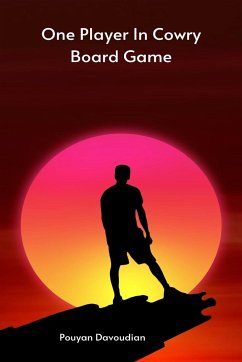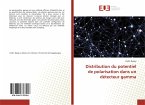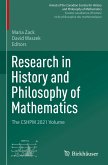This research is concerned with the problem of constructing a program for a computer which will enable it to play Cowry board game. Cowry game, also known as Chowka Bhara, is an ancient board game originated in India. It is a race game of chance and strategy played by two to four players in which playing pieces are moved around a 5×5 square board. The game objective is to be the first player to move all the pieces along a specified track and into a finishing location. Piece movement is determined by throwing special dice, cowry shells, which are a special variety of seashells. This game involves reasoning under uncertainty and stochasticity with multiple players, and the decisions have to be made based on incomplete knowledge. Hence, it may be regarded as a suitable domain for exploring various approaches in real-time strategic decision-making. This research investigates the potential for an artificially intelligent Cowry game player, capable of playing on a high-performing level against human opponents. We begin the thesis with an overview of intelligent game playing from the perspective of artificial intelligence (AI) research and introduce a few important game theory terms required for a better understanding of this work. We provide a brief description of Cowry game and discuss our motivations for choosing this game for research, as well as some of its potential applications in real-life. We then give a summary of the literature review and the related supporting ideas, which leads to the formulation of the problem statement and the research objectives. The research accomplishments in this thesis are arranged in four contributory chapters as follows,








